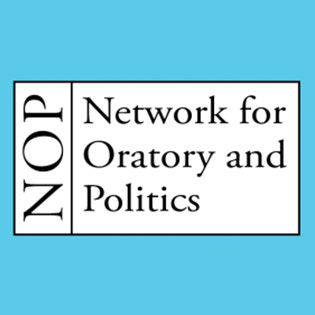Literary 'spaces' for oratory and rhetoric from antiquity to the 20th century
- Location
- Queen Mary University London
- Dates
- Friday 28 July 2017 (10:00-16:00)

International Society for the History of Rhetoric Biennial Conference; Queen Mary University of London, London
The Network for Oratory and Politics presents a special panel at the Twenty-First Biennial Conference of the International Society for the History of Rhetoric, London 2017
Abstract:
The reception of Greco-Roman oratory and rhetoric appears in many forms and in many places. One of these is the literary ‘space’ in which later authors referenced, remembered, reused and reconfigured aspects of ancient orators, their speeches and the theoretical precepts behind them. In antiquity, authors writing under the Roman emperors looked back at earlier generations of orators and incorporated references to such orators and their speeches in their works. In the early modern period, the rediscovery of ancient oratorical and rhetorical culture sparked attempts to use rhetoric in variety of non-classical genres. In the modern period, classical oratory and rhetoric have notably cropped up in novels of many kinds.
This panel presents three papers focusing on the reception of ancient oratory and rhetoric at three specific places and points in time: the first century AD Rome (van der Blom), 16th century Britain (Manuwald), and 20th century Denmark/Germany (Schonfield). All three papers focus on the creation of space for ancient oratory and rhetoric in literature, whether in the works of the Roman senators and orators Tacitus and Pliny the Younger, the fictitious dialogue of Queen Elizabeth I and Robert Dudley by Thomas Neale, or Bertolt Brecht’s novel on Julius Caesar.
This panel explores the types of literary spaces created for oratory and rhetoric in these works, the employment of references to ancient orators and their speeches, the employment of classicising rhetorical devices and, finally, the reasons behind the creation and usage of such literary spaces for oratory and rhetoric. Although shared characteristic is the political use of such references, these three papers offer different perspectives on the reception of ancient oratory and rhetoric and of the spaces in which this reception took place.